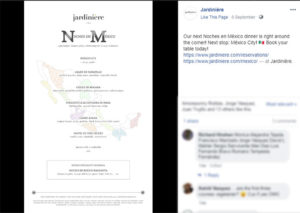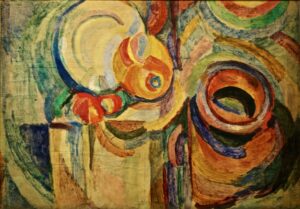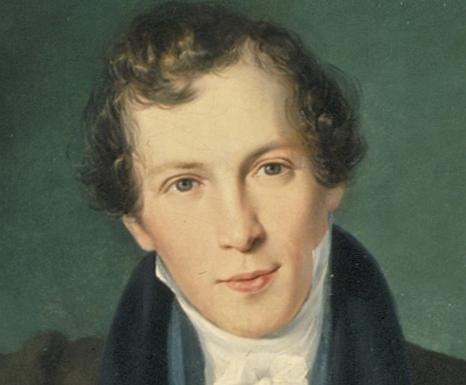Growing Up Jewish – Art & Storytelling speaks to the resilience of newcomers who must navigate a painful past, contend with tradition and summon optimism for the future. Painted in a fresh palette of color, Growing Up Jewish – Art & Storytelling traces the story of one North American Jewish family through five generations from 1925 to the present.
Jacqueline has exhibited her work in both group and solo exhibitions and lectures frequently for many organizations about her current exhibit “Growing Up Jewish – Art & Storytelling”, most notably for the United States Holocaust Memorial Museum and the Museum of Jewish Heritage NYC. Jacqueline’s works are in private collections throughout the United States, Canada and Israel.








